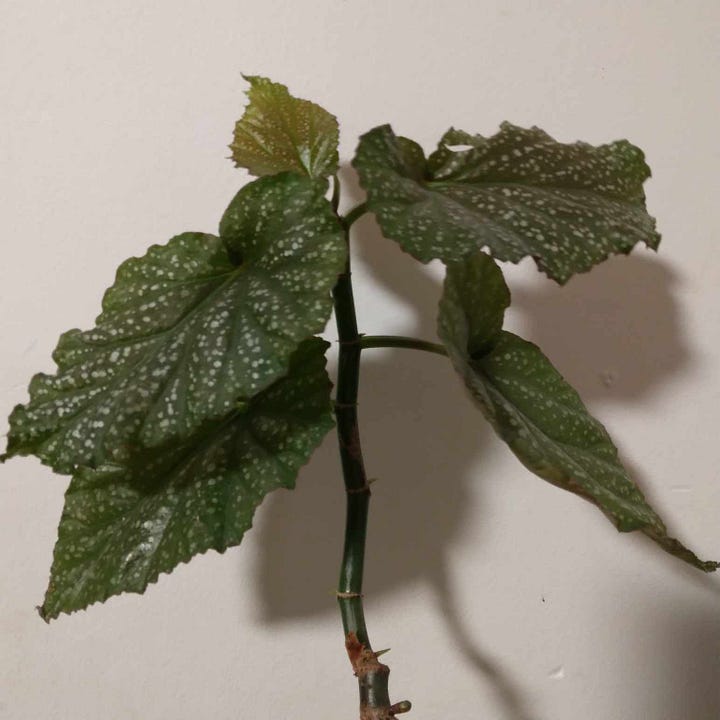Negative Space
On Seeing More Accurately
I always like to remind my students that art is (pretty much) learning how to see.
We (well, most of us) take seeing for granted. It’s just something we do. But Ralph Ammer discusses how we tend to boil down our world into generalities — “tree” “bird” “dog” — and drawing trains us to hone in on specifics1.
We can have problems with this honing in process when we are faced with a complex subject, which is where today’s tip comes in.
Negative space drawing exercises are excellent ways to develop our ability to see, and give us other tools in our artist toolbox to help us make sense of complex subjects we wish to draw or paint. The concept is simple:
Outline and shade in the spaces where your subject is not.
To fully grasp this, we have to understand that space is used to describe the areas around, above, below, in front of, and behind a subject. To grasp aspects of art such as perspective, or how to develop the overall composition of an artwork, it all begins with space. For the purposes of this exercise, we have positive space and negative space.
Positive space = your subject.
Negative space = not your subject.
To begin, check out this picture I took of a plant. The plant is our “positive space.” Everything that is not our plant, is “negative space.”


The idea with a negative space drawing, is you focus on drawing the outlines of all the negative space…. which, by the time you get a third or half-way through your drawing, you will begin to see your subject materialize on the page.
For complex subjects, training your eye to switch from our typical way of observing, to see the negative spaces, can be quite helpful — especially if you are concerned with having a high level of accuracy in your artwork (such as in my field of botanical illustration).
Fun tricks you can try: experiement with doing a half-and-half negative space drawing. Divide your paper down the middle, and place your subject so it straddles the dividing line. Create your drawing the regular way on one side, complete with three-dimensional, realistic shading, and then on the other side, block in all the negative space.
Happy sketching!
“How Drawing Helps You Think,” TedxTUM, December 2018. At 3:33 minutes in is where this part of the discussion happens.



